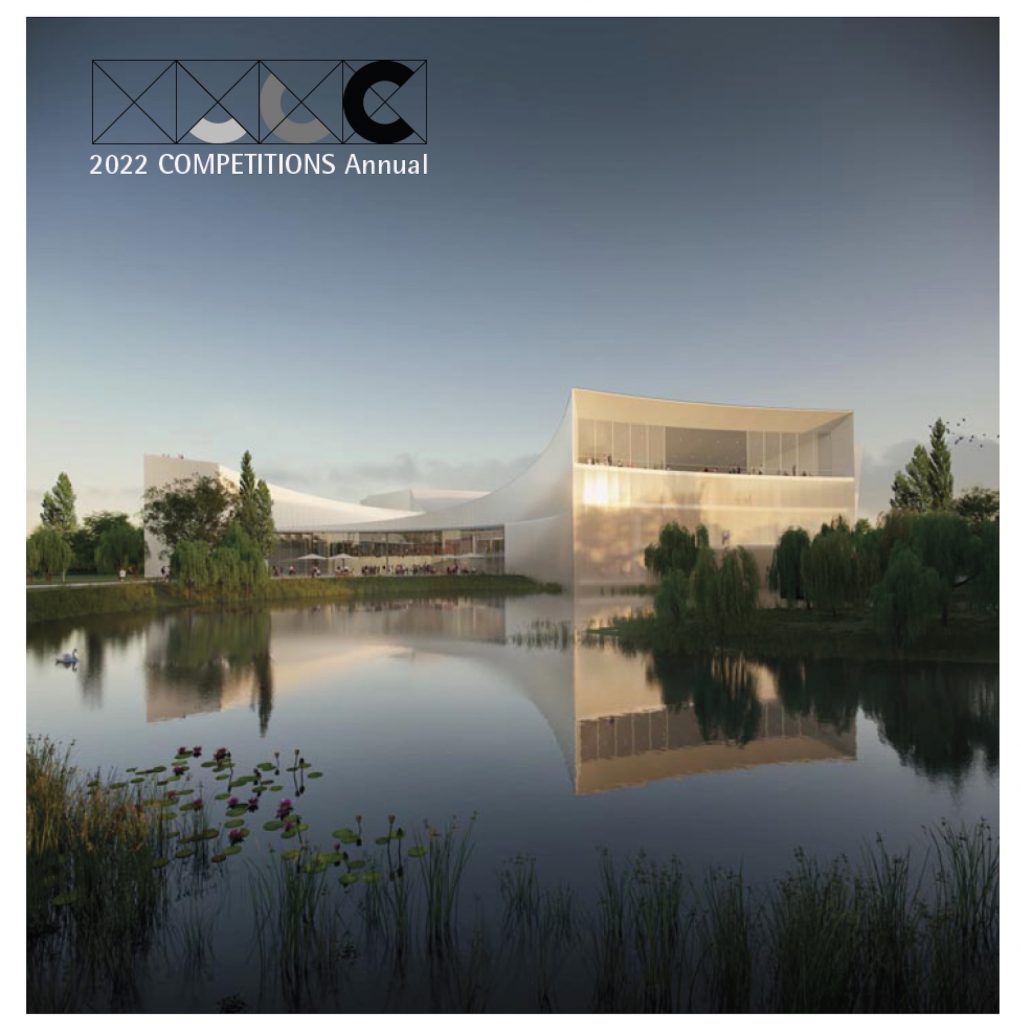London Bridge 800: An Inhabited Bridge CompetitionSponsor: The Worshipful Company of Chartered Architects, RIBA Type: open, 1-stage Language: English Registration:
£35.00 (professional)
£10.00 (students) Eligibility: registered architects and students of architecture Awards:
1st Prize – £2,000
2nd Prize – £1,000
3rd Prize – £500 Timetable:
22 June 2009 – registration deadline
25 June 2009 – submission deadline
29 June 2009 – judging
6 July 2009 – winners notified
11 July 2009 – exhibition of winning entries Jury: to be announced Design Challenge:
Entrants are required to submit ideas for a new version of the inhabited bridge, based upon the following design requirements and assumptions: The present road bridge will be taken as the platform for its development; its strength is deemed (for the purpose of the competition only) capable of supporting up to six stories of conventional construction. The six storey limit is related to habitable accommodation but structures taller than this would be acceptable for viewing platforms, place markers, wind turbines etc. It is proposed to close the bridge to all wheeled traffic with the exception of emergency vehicles. Service vehicles will be allowed to use the bridge at limited hours.
Public transport across the river will be achieved through a transit system of some kind, eg. airport-style transit. This will link the London Bridge and Monument stations to provide for the mass of commuters. Competitors are asked only to include the transit design as it crosses the bridge, not showing its links to the stations. River views from the transit, at least at intervals, are desirable. Modes of transport that mesh with the historic context of the bridge or have distinct ecological advantages would be considered appropriate. A mid-stream pier for river traffic is required, downstream of the bridge and aligned with one of the bridge’s supports. A wide footway is to be provided, of at least 9 m, potentially also used for emergency and services vehicles. The footway should have river views continuously or at intervals. Buildings on the bridge should have their mains services (water supply, drainage, electricity, information, waste disposal) run above the present bridge structure. All bridge properties will have a common source of heat and power from a Fuel Cell CHP station on the bridge. Waste not recycled will be collected by vacuum tube for use as fuel elsewhere. The bridge properties will be leasehold, managed as a whole by the Bridge House Trust. Walkway level on the bridge should accommodate principally retail, cafes and galleries, together with access to upper levels. Upper levels can have either residential or non-residential uses, provided only that all uses are good neighbors to residential users. All designs should meet the building regulations, including those for disabled access. All external surfaces should be safely accessed for maintenance purposes Submission Requirements:
The design should be submitted on a single A1 board. The content of the A1 sheet is left to competitors’ discretion and may include architectural drawings, plans, elevations, three-dimensional representations and all supporting text. Models will not be accepted however photographs of models may be included. A copy of the submission should be provided in pdf format, on a CD-ROM. The CD should also include a single image in jpeg format at 300dpi (high resolution for publications) and 72dpi (low resolution for web).
Email: riba.competitions@inst.riba.org |
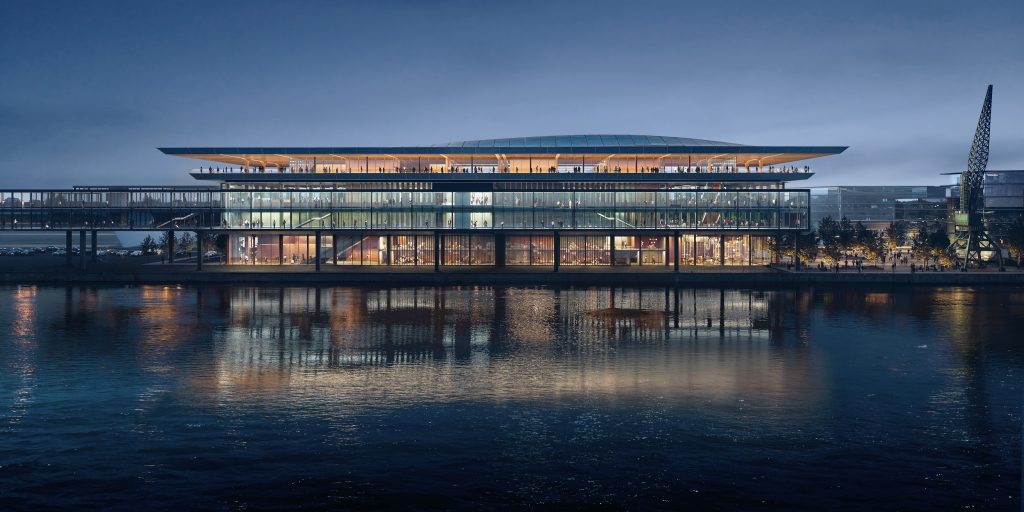
1st Place: Zaha Hadid Architects – night view from river – Render by Negativ
Arriving to board a ferry boat or cruise ship used to be a rather mundane experience. If you had luggage, you might be able to drop it off upon boarding, assuming that the boarding operation was sophisticated enough. In any case, the arrival experience was nothing to look forward to. I recall boarding the SS United States for a trip to Europe in the late 1950s. Arriving at the pier in New York, the only thought any traveler had was to board that ocean liner as soon as possible, find one’s cabin, and start exploring. If you were in New York City and arriving early, a nearby restaurant or cafe would be your best bet while passing time before boarding. Read more… Young Architects in Competitions When Competitions and a New Generation of Ideas Elevate Architectural Quality 
by Jean-Pierre Chupin and G. Stanley Collyer
published by Potential Architecture Books, Montreal, Canada 2020
271 illustrations in color and black & white
Available in PDF and eBook formats
ISBN 9781988962047
Wwhat do the Vietnam Memorial, the St. Louis Arch, and the Sydney Opera House have in common? These world renowned landmarks were all designed by architects under the age of 40, and in each case they were selected through open competitions. At their best, design competitions can provide a singular opportunity for young and unknown architects to make their mark on the built environment and launch productive, fruitful careers. But what happens when design competitions are engineered to favor the established and experienced practitioners from the very outset? This comprehensive new book written by Jean-Pierre Chupin (Canadian Competitions Catalogue) and Stanley Collyer (COMPETITIONS) highlights for the crucial role competitions have played in fostering the careers of young architects, and makes an argument against the trend of invited competitions and RFQs. The authors take an in-depth look at past competitions won by young architects and planners, and survey the state of competitions through the world on a region by region basis. The end result is a compelling argument for an inclusive approach to conducting international design competitions. Download Young Architects in Competitions for free at the following link: https://crc.umontreal.ca/en/publications-libre-acces/ 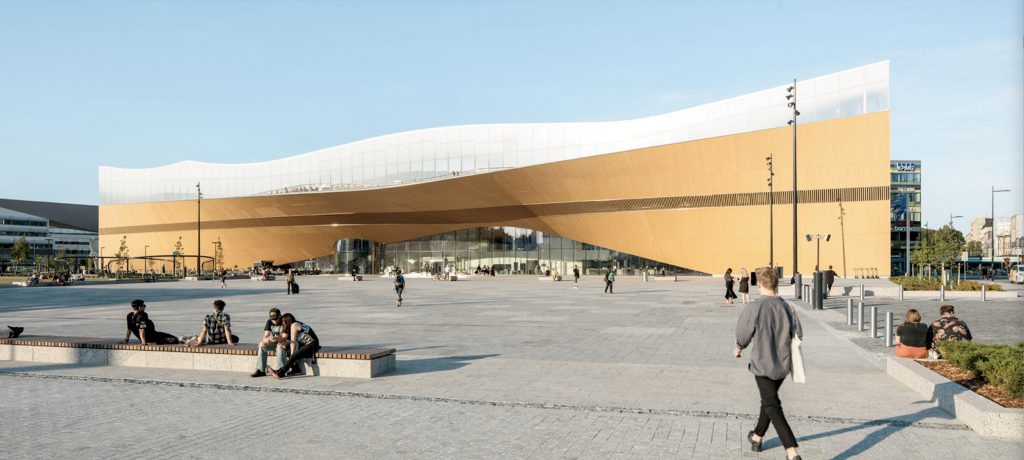
Helsinki Central Library, by ALA Architects (2012-2018)
The world has experienced a limited number of open competitions over the past three decades, but even with diminishing numbers, some stand out among projects in their categories that can’t be ignored for the high quality and degree of creativity they revealed. Included among those are several invited competitions that were extraordinary in their efforts to explore new avenues of institutional and museum design. Some might ask why the Vietnam Memorial is not mentioned here. Only included in our list are competitions that were covered by us, beginning in 1990 with COMPETITIONS magazine to the present day. As for what category a project under construction (Science Island), might belong to or fundraising still in progress (San Jose’s Urban Confluence or the Cold War Memorial competition, Wisconsin), we would classify the former as “built” and wait and see what happens with the latter—keeping our fingers crossed for a positive outcome. Read More… 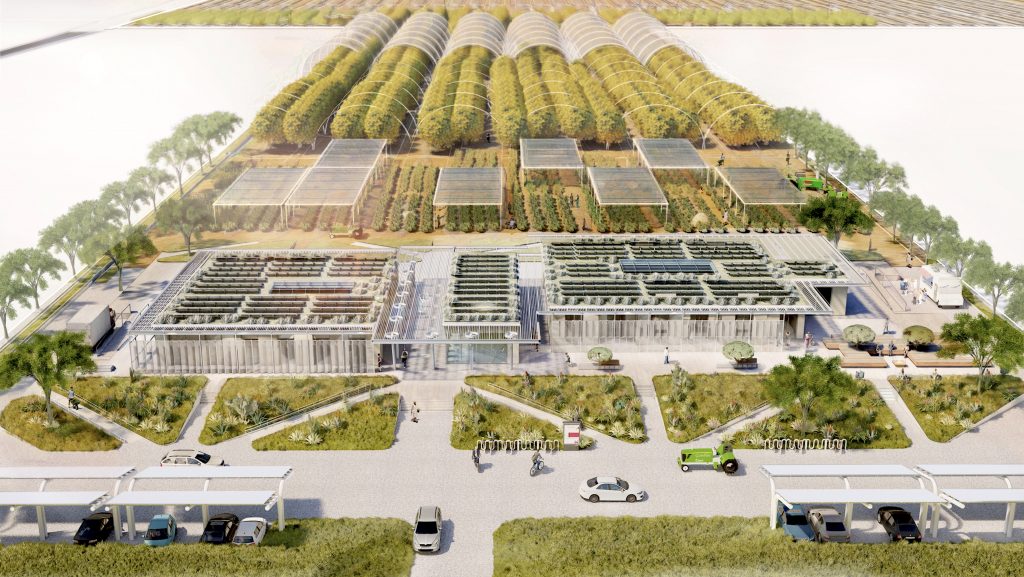
2023 Teaching and Innovation Farm Lab Graduate Student Honor Award by USC (aerial view)
Architecture at Zero competitions, which focus on the theme, Design Competition for Decarbonization, Equity and Resilience in California, have been supported by numerous California utilities such as Southern California Edison, PG&E, SoCAl Gas, etc., who have recognized the need for better climate solutions in that state as well as globally. Until recently, most of these competitions were based on an ideas only format, with few expectations that any of the winning designs would actually be realized. The anticipated realization of the 2022 and 2023 competitions suggests that some clients are taking these ideas seriously enough to go ahead with realization. Read more… 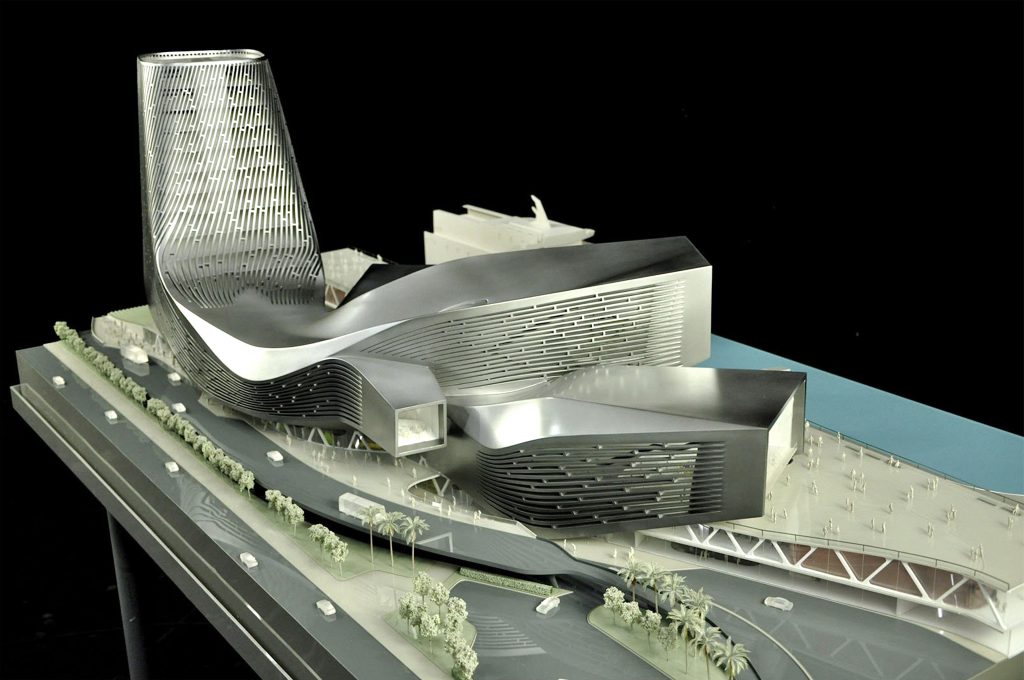
RUR model perspective – ©RUR
New Kaohsiung Port and Cruise Terminal, Taiwan (2011-2020)
Reiser+Umemoto RUR Architecture PC/ Jesse Reiser – U.S.A.
with
Fei & Cheng Associates/Philip T.C. Fei – R.O.C. (Tendener)
This was probably the last international open competition result that was built in Taiwan. A later competition for the Keelung Harbor Service Building Competition, won by Neil Denari of the U.S., the result of a shortlisting procedure, was not built. The fact that the project by RUR was eventually completed—the result of the RUR/Fei & Cheng’s winning entry there—certainly goes back to the collaborative role of those to firms in winning the 2008 Taipei Pop Music Center competition, a collaboration that should not be underestimated in setting the stage for this competition Read more… 
Winning entry ©Herzog de Meuron
In visiting any museum, one might wonder what important works of art are out of view in storage, possibly not considered high profile enough to see the light of day? In Korea, an answer to this question is in the making. It can come as no surprise that museums are running out of storage space. This is not just the case with long established “western” museums, but elsewhere throughout the world as well. In Seoul, South Korea, such an issue has been addressed by planning for a new kind of storage facility, the Seouipul Open Storage Museum. The new institution will house artworks and artifacts of three major museums in Seoul: the Seoul Museum of Modern Art, the Seoul Museum of History, and the Seoul Museum of Craft Art.
Read more… |



























